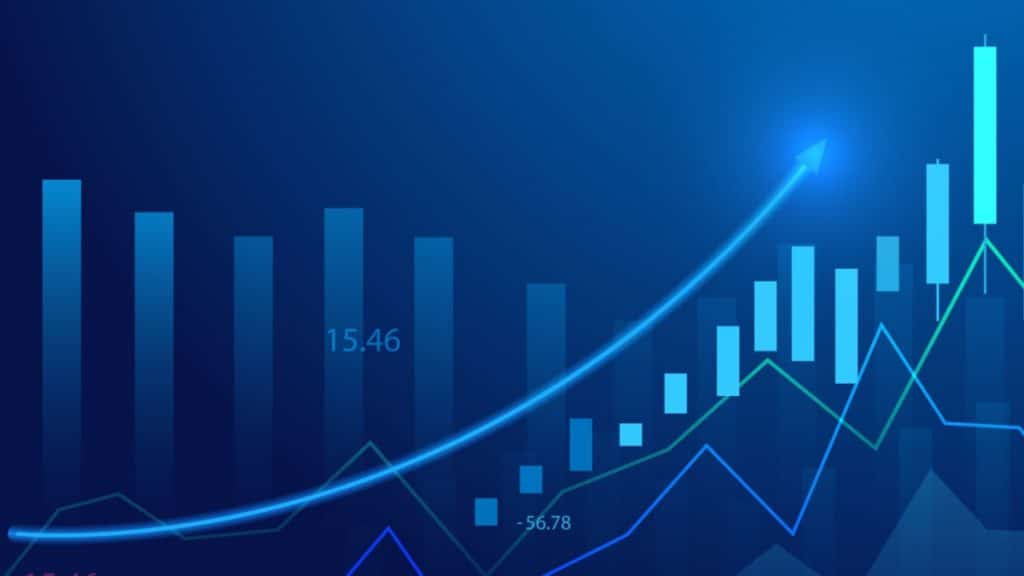Inflation isn’t just about rising prices at the store; it’s a powerful force that ripples through financial markets, particularly the futures market. When inflation shifts, it reshapes the futures curve, influencing traders’ decisions and market expectations. Understanding this dynamic can provide valuable insights into where the market might be headed next. Ever wondered how inflation can flip the script on future prices? Let’s dive in. Explore the implications of inflation on futures with the comprehensive guidance from Quantix Prime Ai.
The Mechanism of Inflation Transmission to the Futures Market
Inflation doesn’t just affect the prices we see at the grocery store; it has a profound influence on financial markets, particularly the futures market. When inflation begins to rise, it tends to ripple through the economy, impacting expectations about future prices. This is where the futures market comes into play. Think of the futures market as a crystal ball for predicting where prices are headed, whether it’s oil, gold, or even agricultural products like corn. But what drives these predictions?
It all starts with inflation expectations. When traders believe inflation is on the rise, they anticipate that the prices of goods and commodities will also increase in the future. This anticipation gets “baked into” the futures prices, pushing them up. It’s like a domino effect; as inflation expectations climb, so do the futures prices, creating a self-fulfilling prophecy of sorts.
However, inflation doesn’t always behave predictably. Central banks, for instance, might intervene by hiking interest rates to cool down the economy, which can then dampen those inflation expectations and alter the trajectory of futures prices. The relationship between inflation and futures is a complex dance, with each move influencing the other.
Have you ever noticed how market sentiment can shift overnight based on a government report or a speech by a central banker? That’s the inflation transmission mechanism at work, feeding directly into the futures market and shaping the bets traders place on tomorrow’s prices.
Immediate vs. Long-Term Effects of Inflation on the Curve
Inflation’s impact on the futures curve can be a bit like weather forecasting: sometimes, it’s all about the short-term changes, and other times, the long-term trends are what really matter. In the short term, inflation can cause immediate shifts in the futures curve.
Picture this: inflation data comes in higher than expected, and suddenly, traders are scrambling to adjust their positions. This scramble can steepen the futures curve, particularly in commodity markets where prices might shoot up due to heightened demand or supply chain concerns.
But what happens when we zoom out and look at the long-term effects? Over the long haul, inflation can alter the entire shape of the futures curve. For example, persistent inflation might lead to a gradual steepening of the curve as traders anticipate ongoing price increases in the future. Conversely, if inflation is expected to taper off, the curve might flatten or even invert as future prices are anticipated to be lower relative to current prices.
What’s fascinating is how these short-term and long-term effects can sometimes conflict with each other. Have you ever wondered why markets can seem jittery one moment and then calm the next? It’s often because traders are balancing these immediate reactions against their longer-term outlooks.
In the end, both immediate and long-term effects of inflation are critical to understanding the full picture of the futures curve, and missing one aspect can leave you with a distorted view of the market’s true dynamics.
Macro-Economic Variables and Their Role
Macro-economic variables are like the puppet masters behind the scenes, quietly pulling the strings that shape the futures curve. Ever noticed how a single change in interest rates can send shockwaves through the markets? That’s just one example of how these variables play a pivotal role. Interest rates, inflation rates, and GDP growth are all macro-economic factors that interact with each other and influence futures markets.
Interest rates, for example, have a direct impact on the cost of borrowing and, by extension, on investment decisions. When rates are low, money is cheaper, encouraging borrowing and spending, which can stoke inflation. This expected inflation can cause the futures curve to steepen as markets predict higher future prices. On the flip side, when central banks raise interest rates to combat inflation, it can cool down the economy and flatten the futures curve as inflation expectations moderate.
But interest rates aren’t the only players. GDP growth, which reflects the overall economic health, also plays a role. A growing economy often leads to higher demand for commodities, pushing up futures prices. Conversely, during a recession, futures prices may decline as demand drops.
And let’s not forget about external shocks like geopolitical events or sudden changes in oil prices. These can throw a wrench into even the most carefully crafted economic forecasts, causing abrupt shifts in the futures curve.
The interconnectedness of these macro-economic variables means that understanding one requires understanding them all. It’s like trying to solve a puzzle where every piece is connected. Ignoring these variables can leave investors blindsided, which is why it’s crucial to keep an eye on the broader economic picture.
Conclusion
The relationship between inflation and the futures curve is a complex but crucial element of financial markets. From immediate market reactions to long-term trends, inflation’s impact can’t be ignored. **For investors, understanding this connection is key to making informed decisions.** As always, staying informed and seeking expert advice can help you navigate these economic shifts and protect your investments.
